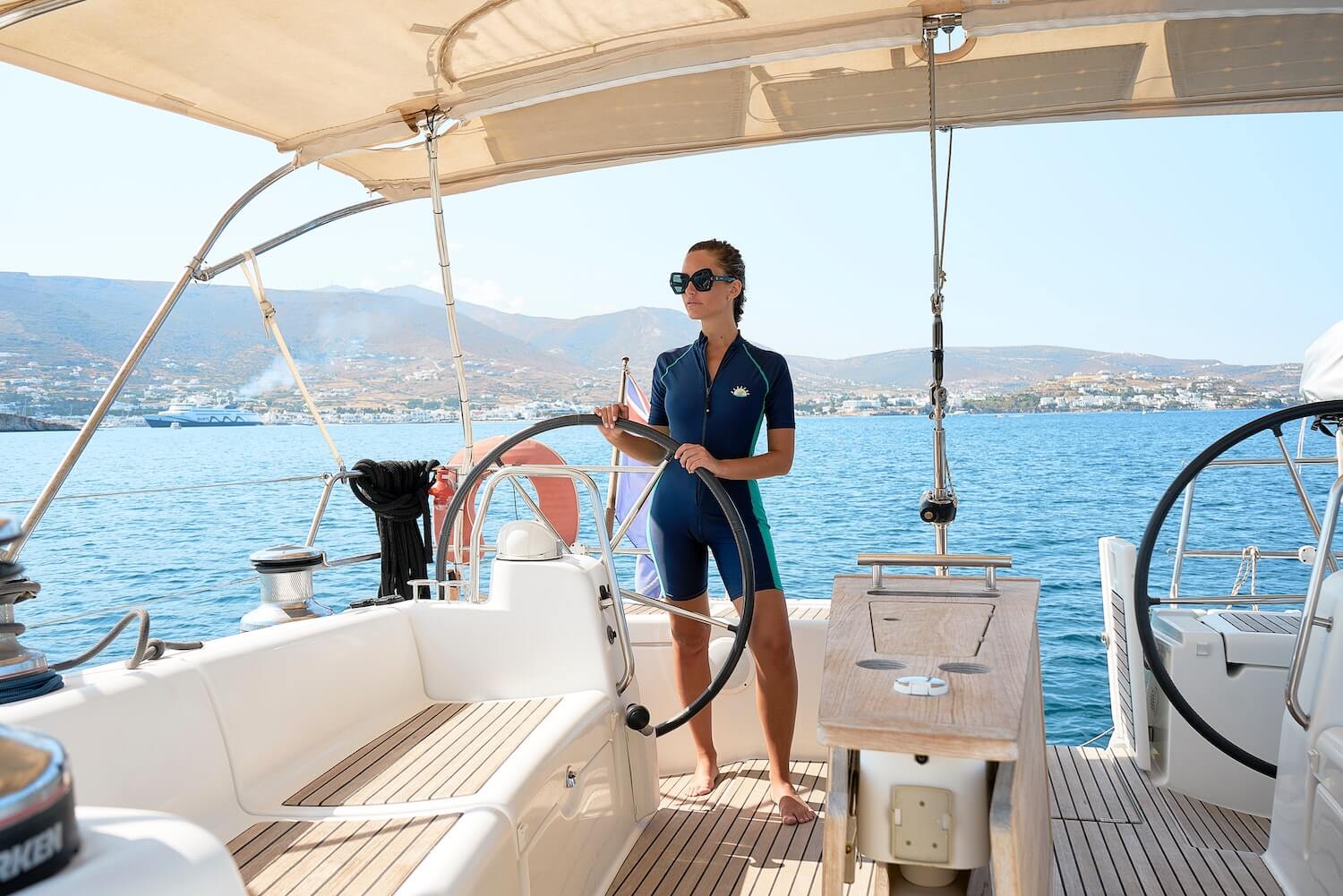Introduction to Sailing Between Greece and Turkey
Crossing Borders by Sea. Sailing between Greece and Turkey is as rewarding as it is nuanced. With two distinct cultures, legal systems, and a shared but complex history, a voyage between them is more than just a scenic sail — it’s a crossing of administrative and cultural lines that still bear the marks of political tension.
You’ll also learn about lesser-known details, like the role of your yacht’s flag in where you can embark or disembark guests, why some agents are invaluable, and how your passport or transit log might affect your route more than the wind does.
Here at SailChecker, we help our clients navigate both the practicalities and the subtleties of cross-border sailing — from choosing the right yacht to understanding the rules before you leave port.
Understand the Flag Your Yacht Flies
Legal Limits Based on Registration. The country in which your yacht is registered will directly affect what you’re allowed to do at sea — and where. Greek-flagged yachts under 39 metres can usually sail into Turkish waters and return, but they’ll face limits on where guests can embark or disembark. Turkish-flagged boats face similar constraints in Greek territory unless specific exemptions are in place.
While these limits rarely affect private leisure trips, they become critical on chartered yachts. Embarking guests in Turkey and disembarking in Greece — or vice versa — can breach local maritime laws without the right paperwork or permissions.
Here at SailChecker, we’ll advise you clearly on what’s allowed based on your yacht’s flag — and help ensure you don’t fall foul of lesser-known legal traps.
Sailing from Greece to Turkey Is Often Easier
Currents, Clearances, and Culture. While both directions are possible, many skippers and operators suggest starting in Greece and heading east. The Meltemi winds often make westward sailing harder, and Greek ports tend to have more streamlined exit processes for international departures. Turkish marinas are also well prepared for incoming yachts and typically offer agent support on arrival.
That said, the ease of passage can vary year to year depending on broader political relations — and paperwork can occasionally feel like a moving target.
Here at SailChecker, we stay up to date with how each side is handling cross-border arrivals so we can help you plan the smoother route based on current conditions, not just a map.

Leave a Reply